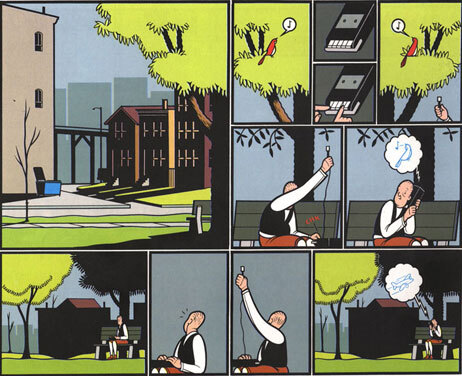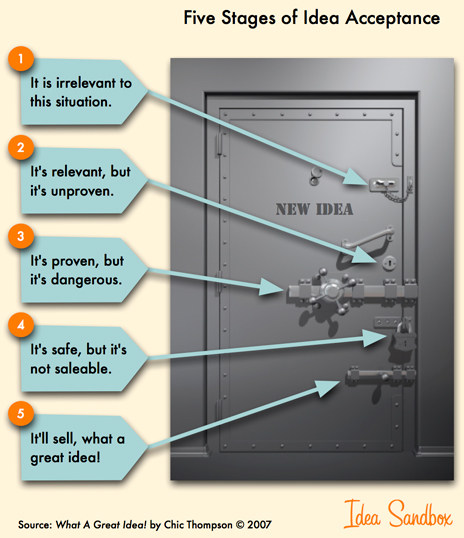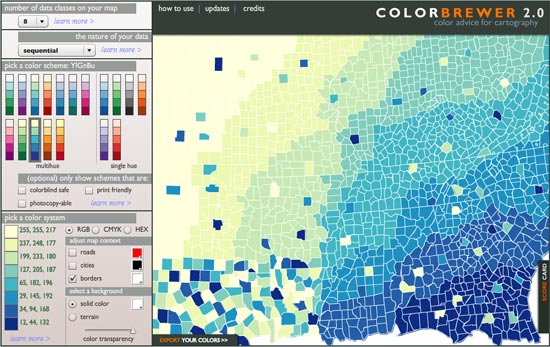NPR - Why Some Comics Work... and Some Don't
 Alphachimp
Alphachimp  Thursday, August 6, 2009 at 3:01PM
Thursday, August 6, 2009 at 3:01PM (via http://twitter.com/IFVP)
 Jimmy Corrigan, The Smartest Kid On Earthis an example of a comic where the art is doing its job.(Random House)
Jimmy Corrigan, The Smartest Kid On Earthis an example of a comic where the art is doing its job.(Random House)
Glen Weldon posts on NPR Arts correspondent Lynn Neary's piece on All Things Considered about the new graphic novel adaptation of Ray Bradbury's classic Fahrenheit 451. He breaks down what's right and what stinks about the last generation of graphic novels, and how the masters of the form make it work.














